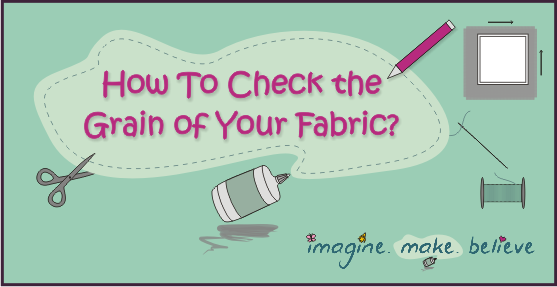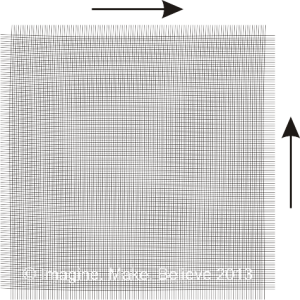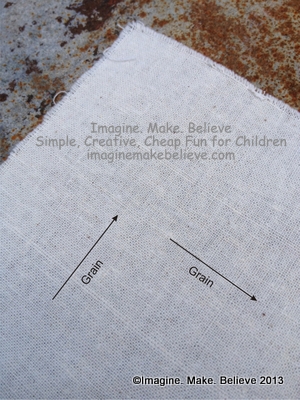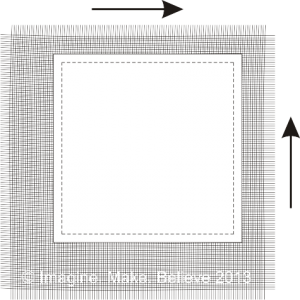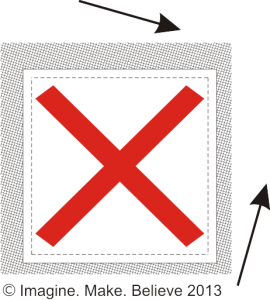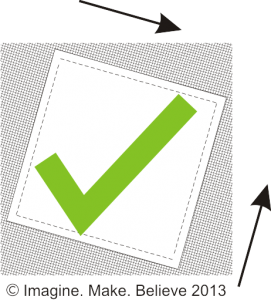

Not sure how to cover books? This week on How To? Wednesday, we are talking about book covering. My Australian friends might find it a bit strange to see this post now, because we are half way through our school year. However, we have already had two children come home in the past week, needing a book cover for a new school book. Of course, much of the northern hemisphere is about to start their school year, so it is a timely post for them.
With four children here at Imagine. Make. Believe, we find that there are usually more than 50 school books to be covered at the beginning of the school year. That is a lot of books! We could use plastic slip on covers, however they are not so cheap, especially when you need lots like we do. We usually cover and decorate all the books in the holidays as a holiday activity, and the kids have fun because they get to make their own book covers. More about that on Free Fun Friday this week!
Up until this year, Janelle used to cover all the books… and that would take forever, but she showed the kids how to do it this year, which made it so much quicker! Instead of covering books, she spent the time sorting and labelling all the stationery and books, and covering any books that needed the clear sticky backed book covering. All of the children, including the 7 year old (our youngest), covered their own books and they all did a great job. So the big task that used to take days, was over in an afternoon!
We thought other children might like to give book covering a go, so we have written some instructions on How to Cover Books that you can see here or by clicking the button below.
It is also a little taste of what you can expect in our Imagine. Make. Believe magazine, with diagrams, clickable links, and a list of materials and tools including extra options.
To see what we use and how we decorate our book covers see our Free Fun Friday – School Book Covers post!









